Proclaimed by The New York Times as “the disintegrator of musical atoms”, composer Julián Carrillo (Ahualulco, San Luis Potosí, 1875-Mexico City, 1965) became much more than one of the great masters of Mexican music when postulating his 13th Sound theory and scientifically demonstrating that it is possible to create sounds in an infinite way.
For centuries, the main exponents of music theory claimed that the music cycle was composed of only twelve sounds (seven notes and five semitones), until Julián Carrillo, gifted with perfect hearing, in collaboration with physicist Sam Lutz, performed a series of experiments that proved the existence of a thirteenth sound that broadens the known scale and supposes the possibility of infinite microtones.
This research earned the composer a nomination for the Nobel Prize in Physics in 1950. During that same decade, Carrillo invented pianos, harps and other microtonal instruments for which he won several awards, including the gold medal at the 1957 Brussels World’s Fair, granted for the great cultural value that his inventions represented to humanity.

Aztec agriculture was based on the cultivation of chinampas: a polyculture system created on an artificial island over lacustrine land, making it independent from irrigation or rainwater to remain constantly hydrated. This enriches the soil, makes it more fertile and rich in organic nutrients, deposited in the waters by local fauna and other plants.

This method provided food to all inhabitants of the old Tenochtitlán, but became lost over time and due to urbanization. After years of neglect and thanks to the work of ecological entrepreneurs, the last crops found in Xochimilco and Tláhuac, in Mexico City, are re-emerging as an important form of urban agriculture.
In 2018, the chinampa agricultural system of Mexico City was recognized by the Food and Agriculture Organization of the United Nations (FAO) as one of the thirteen new landscape environments celebrated as Globally Important Agricultural Heritage systems (GIAHS) and it is emerging as one of the great options for sustainable cultivation in the world.

In 2005 the young civil engineering students Joel Sosa Gutiérrez and Sergio Galván, patented a polymer concrete made of cement, aggregates and additives, the structure of which allows the passage of light, making it possible to build more resistant, less heavy and almost transparent walls. These qualities offer environmental advantages such as the reduction in the use of artificial light and the mitigation of the passage of heat, which means a reduction in greenhouse gas emissions.
Renowed national and international architects adopted the use of translucent concrete in floors, walls, kitchen counters, sinks, skylights, screens, wainscots, false windows and pots, among others.


José Antonio Alzate y Ramírez (Ozumba, State of Mexico, 1737-1799) was one of the most distinguished polymaths of his time who invented, in 1790, the “floating automatic shutter”, better known as ballcock.
At the end of the 17th century water waste represented a serious problem for Mexico City, due to the large quantities that spilled out from fountains because they did not have a system that would close them when full. The solution was this simple device that controls the exit of liquid from a container to avoid its waste. Its most common use is in toilet systems and water tanks. It has saved millions of liters of water.
To pay homage to its inventor, for this and many other contributions in various fields, the Antonio Alzate Scientific Society was founded in 1884, which later became the National Academy of Sciences.

In 1915, a native from Hidalgo, engineer Juan Guillermo Villasana (1891-1959), invented the Anáhuac propeller, a contribution that revolutionized the world of aviation by achieving a propeller model that surpassed everything that existed at the time and allowed to reach a flight with greater elevation and stability.
The initiator of aeronautics in Mexico and founder of Mexican Civil Aviation, Villasana López, designed the first gliders that flew over Pachuca. At 13 years old he had already made a series of airplane models of his own creation.
For the construction of the Anáhuac propeller he used his knowledge in carpentry to create a design made with an assembly of different types of wood, which had a radial exit corner, and a constant cord width at its middle length, giving the planes greater elevation and stability.
Thanks to this invention, the world height record was surpassed in 1919, when an American pilot in Japan reached up to 6,000 meters above sea level, being that at the time they did not go over 2,423 meters.
The United States and Japan, among other countries, wanted to buy the patent, but the engineer preferred to donate it to the government of Mexico, who gave the friendly nations a copy of it. The Japanese government, through General Gaishi Nagaoka, awarded Villasana the Imperial Medal in 1919


Sponge iron is one of the most used Mexican technologies abroad. This raw material is obtained thanks to the direct iron reduction process, a system developed by Monterrey-based company Hojalata y Lámina (HYLSA), which consists of extracting oxygen from iron pellets, converting them into an extremely light material.
It was 1957 when engineer Juan Celada Salmón, employee of HYLSA, directed a team whose main objective was to produce bottle caps for containers of the growing beer industry. But the task became difficult at a time when the war industry raised the cost of materials, so engineers worked until they discovered this process that, unwittingly, unleashed the commercial splendor of steel. With it, cars, refrigerators, washing machines and even kitchen sponges were produced, hundreds of articles made with thin, but highly resistant steel sheets at an affordable price. Over the years, worldwide production of sponge iron reached one billion tons and today HYLSA’s technology remains a leader in its field.
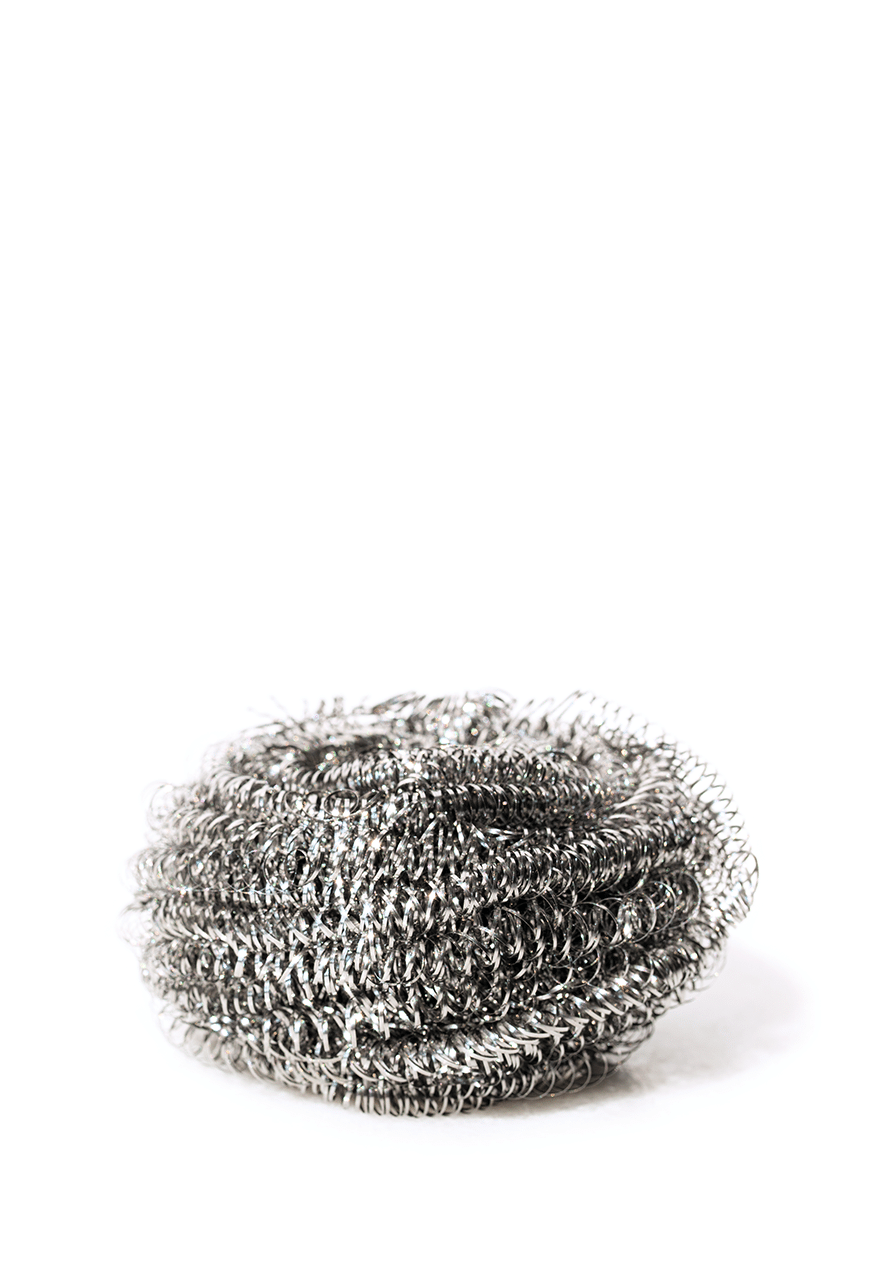
The writ of amparo is a contribution of Mariano Otero Mestas (Guadalajara, Jalisco, 1817-1850) to Mexican and international law. This legal tool was developed in the 19th century and guarantees the protection of citizens against possible abuses or arbitrary acts of authority.
In 1842, the jurist was elected as representative in the Constituent Congress, convened to amend the Seven Constitutional Laws of the Centralist Regime of 1836. Otero belonged to the drafting commission and pronounced himself for the establishment of a federal and democratic Republic. His ideas were not well seen by Antonio López de Santa Anna, who closed down Congress and ordered Otero to be detained, along with others involved, who were held incommunicado for 44 days, accused of violating the peace of the Republic.
After his release and having been arrested without a clear crime to condemn him, Mariano Otero considered that a legal instrument should be formulated to protect the rights and guarantees of the people before the authority. With the support of Manuel Crescencio Rejón, he was able to incorporate the writ of amparo into the Constitutive and Reform Act of 1847, establishing it at the federal level. Later it was incorporated into the Constitutions of 1857 and 1917.
With a legal vision ahead of his time, Mariano Otero is appreciated as one of the forefathers of the Mexican State. The writ of amparo opened the possibility for the constitutional protection of human rights that has inspired similar figures in other countries.
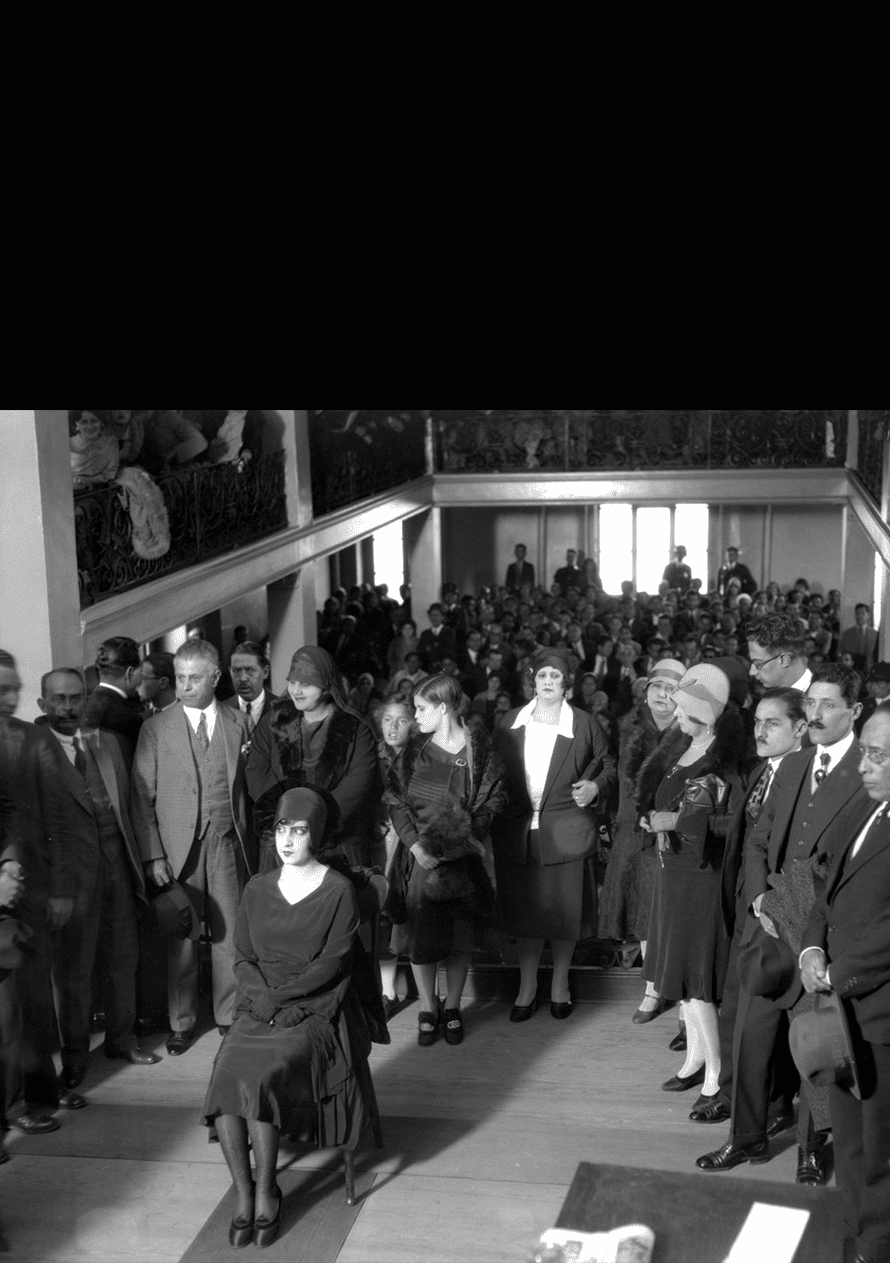
Solid rain is a technology developed by engineer Sergio Jesús Rico Velasco, which enables rainwater to solidify for later use in the hydration of crops. This irrigation system generates large savings in drinking water, allows water storage and solves the issue of water scarcity in drought or low rainfall areas.
The compound is a granulated powder made from potassium that upon contact with water, solidifies and increases in size up to 500 times. These spheres are placed in the root of a plant, tree or grass, and they are able to keep it hydrated for weeks.
Solid rain is already being used successfully in Argentina, Spain, France, India, Russia and Israel. In 2002, the Miguel Alemán Foundation honored engineer Rico Velasco with the Ecology and Environment Award for the technological development that makes handling rain as a solid possible. He has also been nominated twice for the Stockholm Water Prize by the International Water Management Institute (IWMI) in Sweden.

In 1970 Evangelina Villegas (Mexico City, 1924–2017) began collaborating with geneticist Surinder Vasal at the International Maize and Wheat Improvement Center (CIMMYT), with the aim of combining cereal chemistry with different techniques of cultivation to develop a variety of biofortified maize with high lysine and tryptophan content, essential amino acids that can reduce malnutrition.
Over two billion people in the world suffer from “hidden hunger”, since they consume a sufficient amount of calories, but not with the necessary nutrient combination, which causes serious health issues.32
Doctor Villegas and her team analyzed over 25 thousand samples of maize grains per year and provided Vasal’s team with data to sow or pollinate different experimental lineages. A decade later they were able to develop quality protein maize (QPM), a variety with twice as much lysine and tryptophan than conventional maize.
This achievement continues to be the basis for the development of biofortified foods, of which there are currently 290 varieties grown in 60 countries and reach approximately 10 million agricultural households.
Vasal and Villegas were jointly awarded the World Food Prize in 2000; Villegas became the first woman to receive this award, in addition to being included in the prestigious Alpha Delta Kappa list of International Distinguished Women.


The first tortilla-making machine in Mexico was invented in 1904 by Everardo Rodríguez Arce and his partner Luis Romero. This first device produced square tortillas. The inventors sought to innovate not only the mode of production, but also the traditional shape of tortillas, arguing that the square was the ideal form for tacos. However, their proposal was not well accepted by customers, so they adapted a circular mold.
Thus began a long process of improvements and contributions in which several inventors intervened until 1947, when Fausto Celorio invented the first automatic machine, which consisted of a head of pressure-rolled rollers and a conveyor chain that reached a two-turn griddle capable of producing 16 thousand tortillas per day. The Celorio company continued to improve the process and, in 2001, launched into the world market a new model of compact tortilla-making machine that has taken the tortilla to unexpected places.
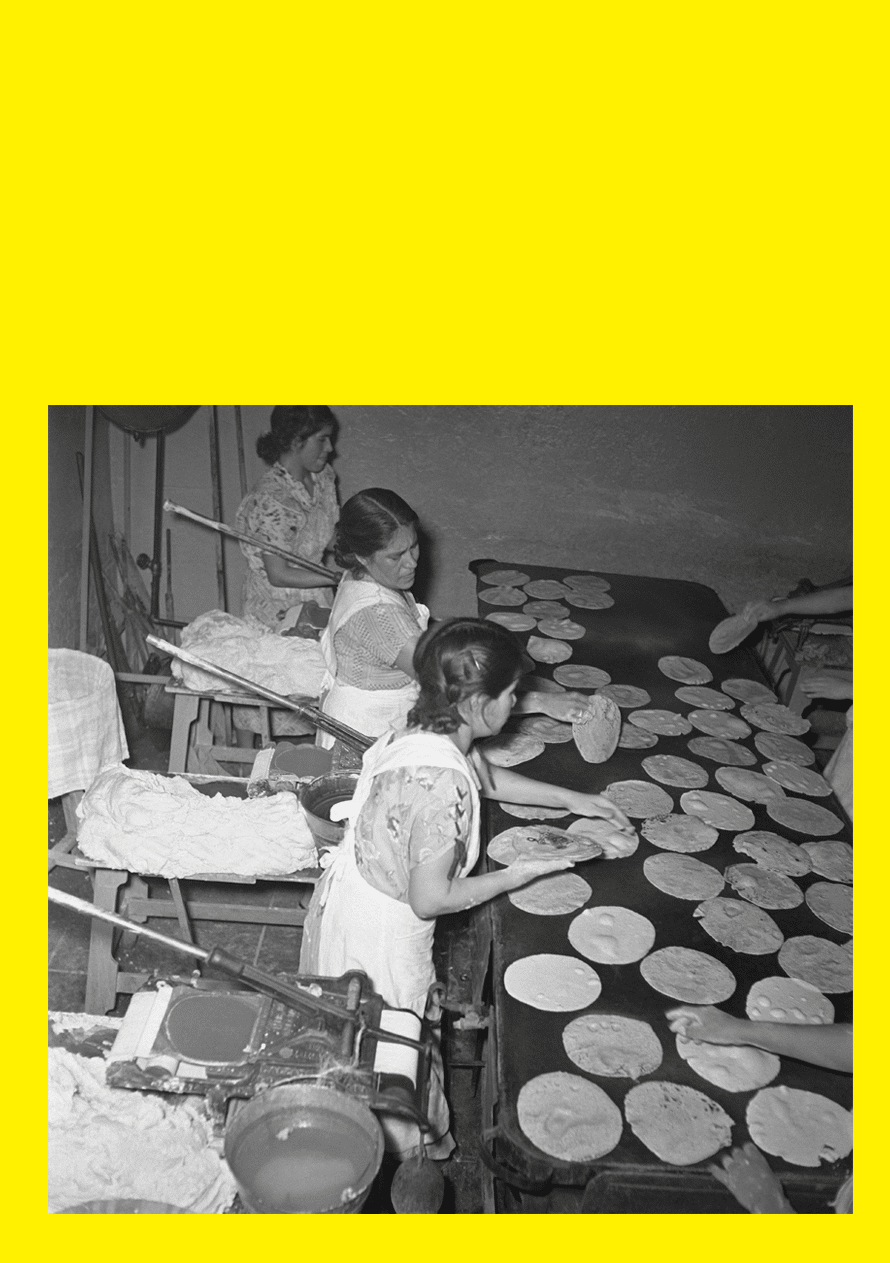
The chemist from Nayarit, Luis Ernesto Miramontes Cárdenas (1925–2004), was only 26 years old when he placed the name of our country on the scientific map of the 20th century, thanks to his discoveries derived from barbasco, one of the most important Mexican endemic plants for the pharmaceutical industry.
On October 15, 1951 he first synthesized norethisterone, a compound considered one of the 17 most important molecules in the history of mankind, since it consolidated a series of medical advances that included the treatment of endometriosis, female hormonal regulation and the invention of the first synthetic oral contraceptive.
Miramontes is, so far, the only Mexican included in the U.S. Inventors Hall of Fame —along with Louis Pasteur and Thomas Alva Edison— and has been acknowledged as one of the most important scientists in the history of humanity.
He was founder of the UNAM’S Chemistry Institute and accumulated throughout his life an extensive number of publications, as well as almost forty national and international patents in areas such as organic chemistry, pharmaceutics and petrochemistry.
After more than 70 years of exclusive exploitation in Mexico, barbasco is still used in the industrial production of steroid hormones, and new uses and properties are discovered every day; for example, its molecules, in contact with other compounds, can be used to fight cancer cells. It grows in states like Oaxaca, Veracruz, Puebla, Tabasco and Chiapas.
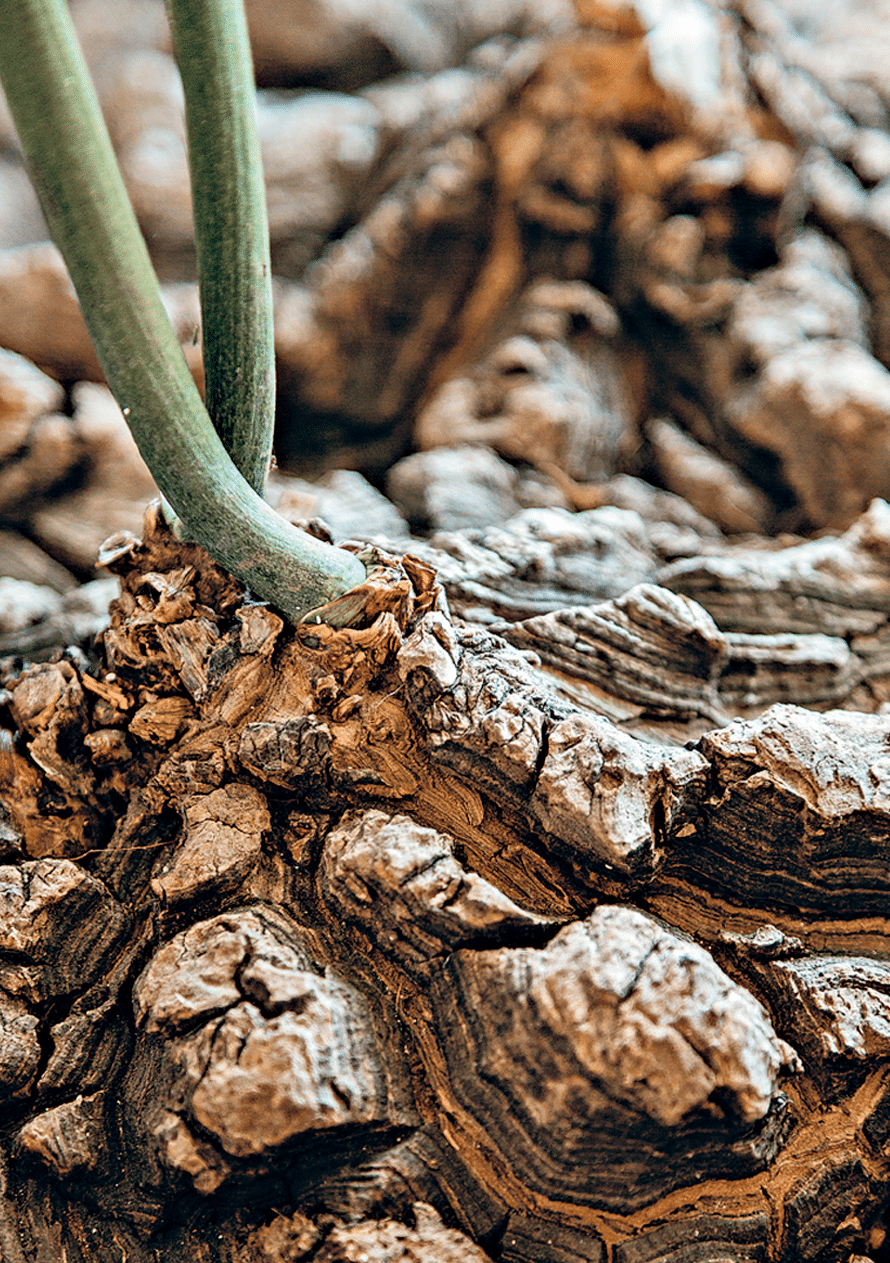
The molcajete is a concave stone vessel —similar to a mortar—, supported by three short legs, which is complemented by a teojolote or stone pestle to crush ingredients. It has been used since pre-Hispanic times to grind and mix small amounts of grains and spices, as well as to make sauces. Its name comes from the Nahuatl molcaxitl, composed of the words molli (sauce) and caxitl (casserole).
The most traditional ones are made of basalt, a volcanic rock extracted from the mines of San Lucas Evangelista, municipality of Tlajomulco de Zúñiga, in Jalisco, although there are also some made of clay.
Over time, the molcajete has become a symbol of Mexican cuisine not only for its ancient use, but also for its design. Something common in taco restaurants, diners and food stands in Mexico are plastic molcajetes used as containers to serve guacamole, sauces and other complements.
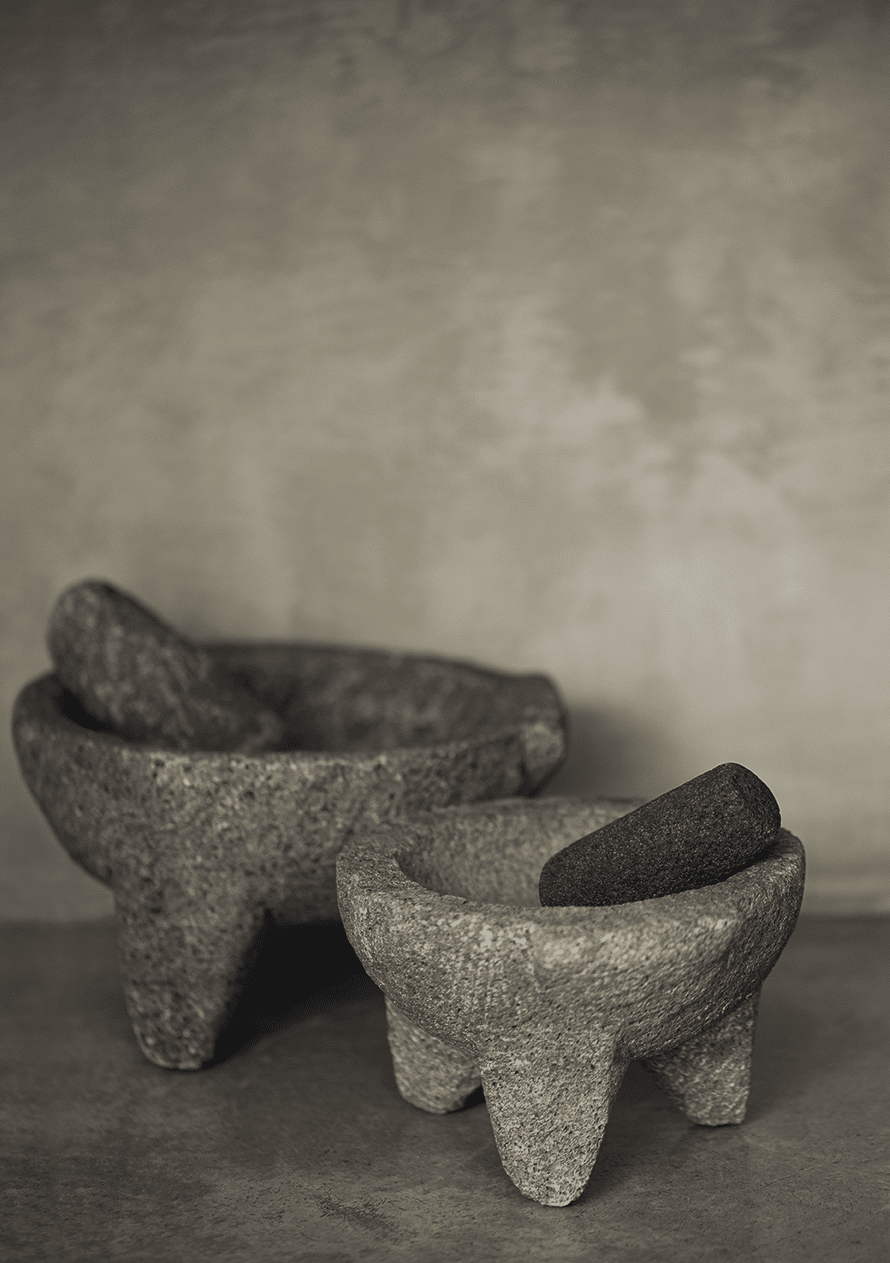
Doctor Mario Molina (Mexico City, 1943) is a pioneer and one of the world’s leading researchers in atmospheric chemistry.
In 1974, he co-authored, along with F. S. Rowland, the original article that predicted the thinning of the ozone layer as a result of industrial gas chlorofluorocarbon (CFCs) emissions. It was an unknown topic and difficult to understand even for the scientific community: invisible compounds attacking an invisible layer, which protects us from invisible radiation (ultraviolet rays). This earned them the Nobel Prize in Chemistry, in 1995.
His research and publications on the subject promoted the establishment of the United Nations Montreal Protocol, the first international treaty that has effectively faced an environmental problem of global scale and of anthropogenic origin.
Since then, he has devoted himself to work against climate change and in favor of the rational use of resources and renewable energy. In addition to disseminating the subject and working as an advisor to great world leaders, in 2004 he founded the Mario Molina Center, a civil association dedicated to finding practical, realistic and substantive solutions to issues related to environmental protection, the use of energy and climate change prevention.
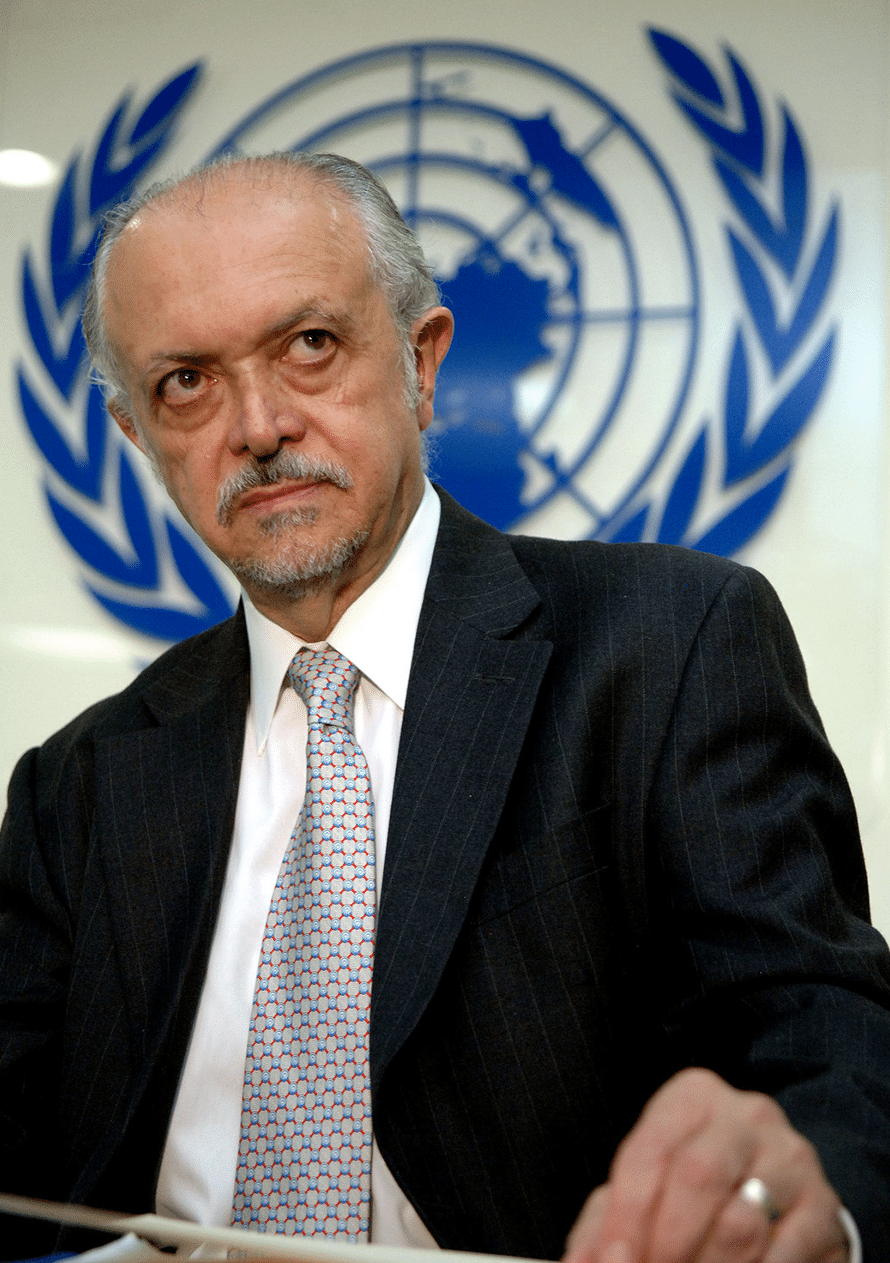
From the Nahuatl nixtli (ashes) and tamalli (dough), nixtamalization is the process of cooking maize grain with water and quicklime. This method makes maize nutrients easier to assimilate, it provides the distinctive color and flavor of our tortillas, and improves the nutritional value of maize for human consumption, adding valuable nutrients such as calcium, riboflavin and niacin. The transformation of maize into dough and then into tortillas —or some other of its innumerable forms— would not be possible without the texture and qualities that nixtamalization confers to it.
In Teotihuacán, casseroles were found to prepare nixtamal dating back to the 4th century of the Christian era, but knowledge of this process has been passed down from generation to generation, keeping it to this day. It is, without a doubt, the most important pre-Hispanic technological invention.

Zero is an abstraction to give value to emptiness that only two cultures in humanity achieved: the Hindu and the Maya. According to the researcher of Maya mathematics, Fernando Magaña, evidence shows that this discovery was made separately and that the Maya anticipated the Hindu by just over six hundred years.36
Hindu mathematician Brahmagupta, introduced the positional use of the zero sign, in the 6th century. This is why Hindu civilization is considered the cradle of the “evolved zero”, although in America the Maya had already done their share.
In Maya mathematics, based on the vigesimal system, the symbol of zero was represented with the drawing of a snail (or seed), a hand under a spiral or a face covered by a hand. These were the first documented uses of zero in our continent.
Unfortunately, much of the advanced Maya knowledge about astronomy, mathematics, architecture and other areas were lost when Spanish missionaries incinerated tons of manuscripts in an auto-da-fé. Fortunately, the teaching of the Maya mathematical system is being disseminated in Yucatán and outside Mexico in countries such as Italy or Spain, as a knowledge that not only explains a numerical system, but also develops a structure of thought that expands the analytical capacity of those who study it.
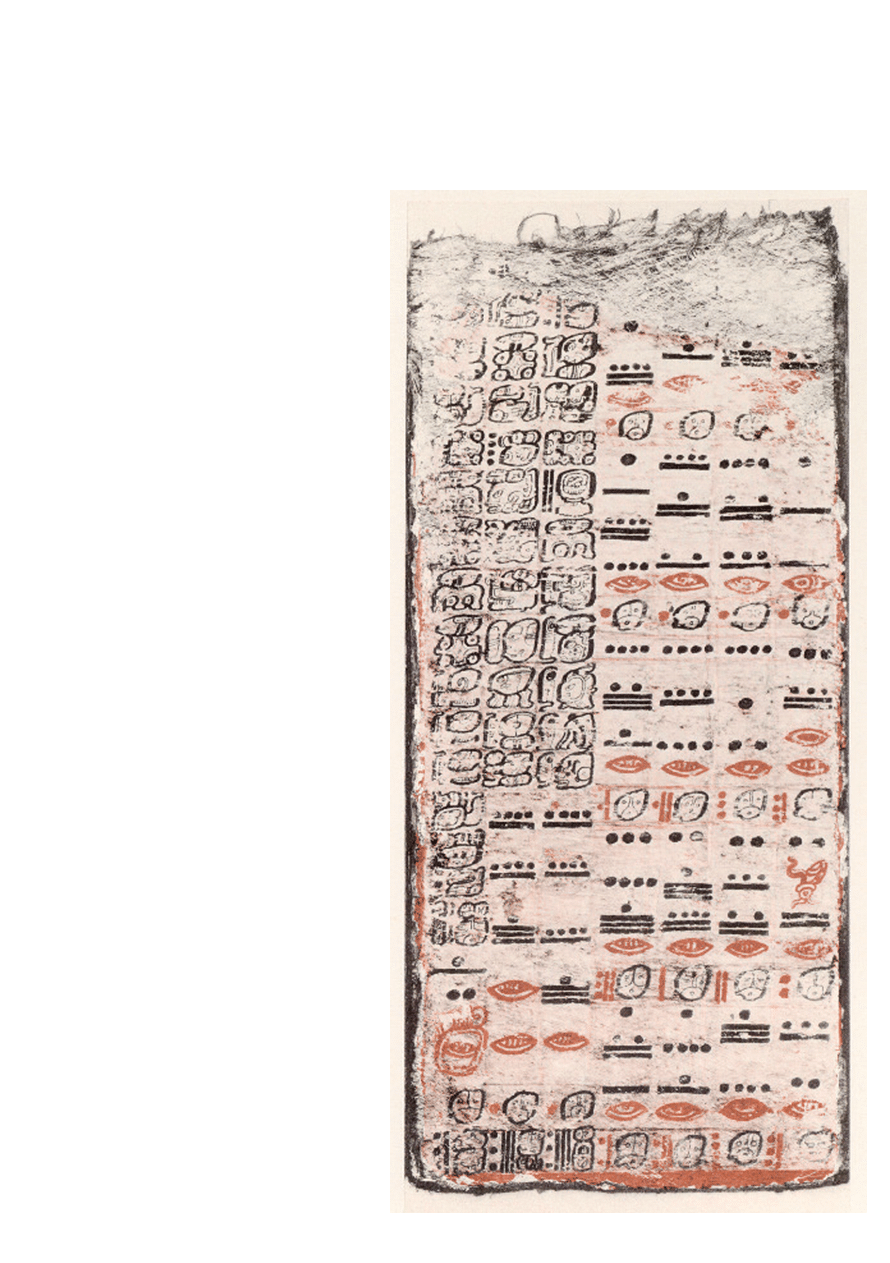
Invented by engineer Manuel González Flores (Tecajete, Hidalgo, 1908-1986), control piles are used to lay or reinforce building foundations in unstable and deformable ground. Their use was implemented in 1948 and represented a solution to the serious differential movements that occur in heavy buildings in Mexico City.
This is an innovative system because piles supporting the entire building structure pass through it —unlike others where they are attached to the foundation— and are linked to it by a loading mechanism that contains compressible material between the frame and tip of the pile; thus, when the weight of the building deforms the material, it is possible to carry out maintenance and the structure will continue to be stable.
González Flores received the patent in 1951 and since then foundations of hundreds of buildings have been laid or strengthened, achieving an important architectural rescue. In 1966 he was awarded the National Engineering Prize, presented by president Gustavo Díaz Ordaz.
Other notable contributions of Manuel González Flores to the world of engineering were the system “Descimbrar cimbrando” (1945), a clean construction solution that greatly saves materials —used in countries as far away as Egypt—; and the anti-earthquake system, for which the National Bank of Mexico awarded him the National Prize for Science and Technology through the Engineering Institute of the National Autonomous University of Mexico.
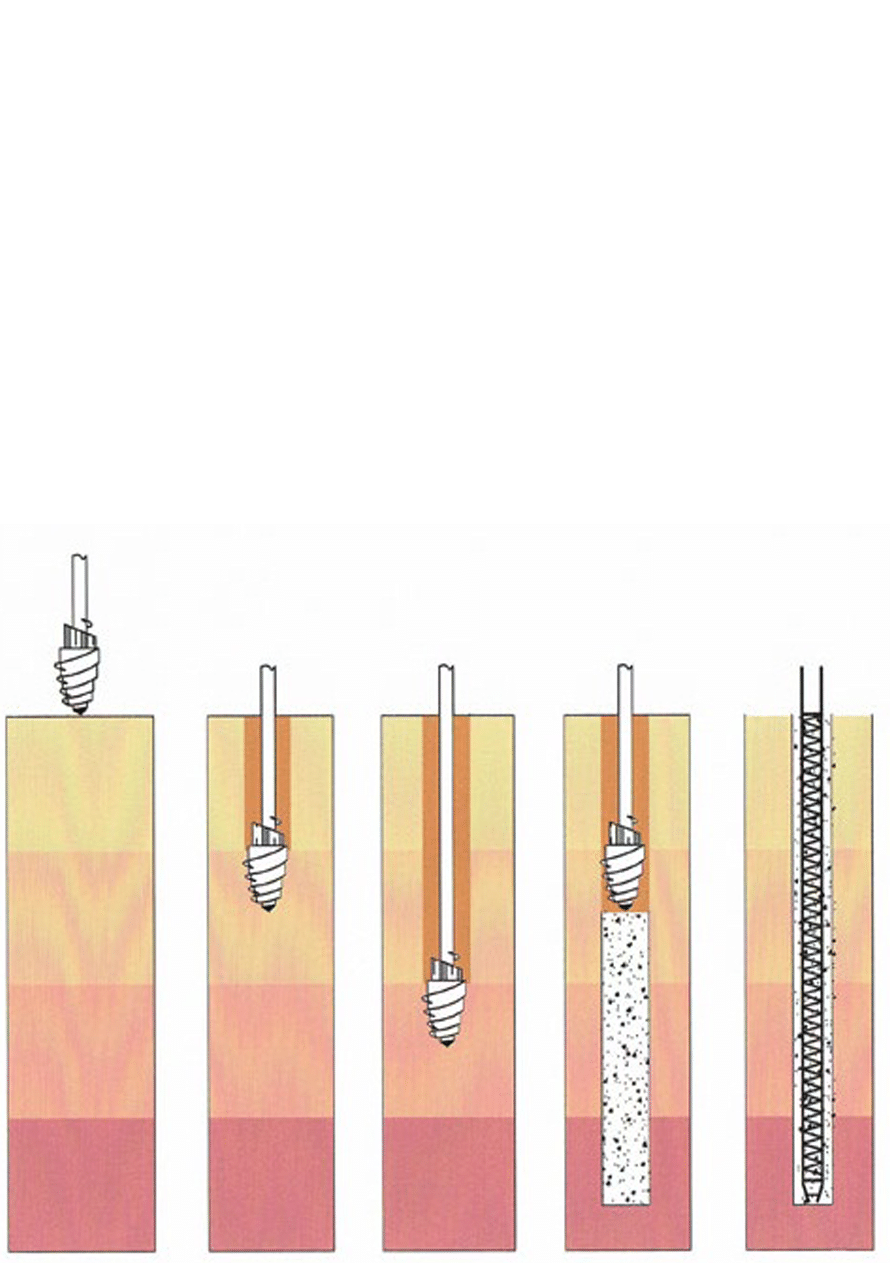
If we want our country to progress harmoniously, we must stimulate both applied research for immediate purposes and research in fundamental sciences.41
Manuel Sandoval Vallarta
Pioneer of Latin American physics, Manuel Sandoval Vallarta (1899–1977) was the author of several dozen studies on mathematical methods, quantum mechanics, general relativity and the physics of cosmic rays, a specialty to which he contributed to define the composition and origin of the cosmic radiation.
With the support of the Guggenheim Fellowship, he attended the University of Berlin in Germany, in 1927, where he lived in one of the most important centers dedicated to the creation of modern physics. He attended the chairs of Albert Einstein, Max Planck, Erwin Schrödinger and Max von Laure.
In 1933 he directed a series of works in collaboration with Georges Lemaître, whose mathematical analyzes allowed to interpret Nobel Laureate Arthur Compton’s cosmic radiation observations in various locations of Earth. These studies show-ed that cosmic radiation consisted of charged particles and earned the team aNobel Prize nomination.
Don Manuel was a founding member of the Colegio Nacional and of the UNESCO International Committee of Education Experts; he was president of the Mexican Society of Physics; president of the International Committee for Cosmic Radiation Weights and Measures, which belongs to the International Union of Pure and Applied Physics; and was also member of the thirteen scientific societies of the specialty he professed, including the universities of Lima, Canada, Japan, United States, Philadelphia and the Vatican City.

Inventor and entrepreneur Manuel Gutiérrez Novelo is the holder of over 45 patents around the world, related to the development of 3D technologies. The path that this native of Guadalajara has traveled to become known as the “technological ambassador of Mexico” be-gan when his grandparents gave him a toy called View-Master, which showed photograph slides in 3D.
The boy wondered why there was no system that could emulate this effect in his favorite television shows and since nobody invented it, he set himself to achieve it. Decades later, he designed a method to encode three-dimensional stereoscopic images used in all home 3D Blu-ray players.
In 1999, unable to find support from Mexican institutions, he obtained an investor visa in the United States and soon captured the interest of NASA, the Pentagon, Walt Disney and DreamWorks, companies with which he developed devices such as the head-mounted display or multilens cameras for 3D immersive experiences and virtual reality.
Gutiérrez Novelo is convinced that in our country there is enough talent to be at the forefront in the development of new technologies; therefore, he has undertaken a series of collaborations and efforts so that young inventors do not have to emigrate to fulfill their dreams. His work has been essential in highlighting Mexico’s presence at the International Consumer Electronics Show (CES).

Tridilosa is a construction system based on a mixed three-dimensional structure of concrete and steel, which is composed of tubular elements connected into a pyramidal shape, invented in 1966 by engineer Heberto Castillo Martínez (1928-1997).
Tridilosa replaces girders and reinforced concrete slabs of conventional systems; its essential difference with the latter is that it does not contain filler concrete, resulting in a much lighter, stronger and cheaper structure, since its use represents considerable savings in the use of materials.
Due to its advantages and versatility it has been used to build more than 200 light bridges and floating docks; it can also be found in buildings such as the World Trade Center and the Chapultepec Tower, in Mexico City, as well as several constructions outside the country including the Biosphere 2 facility in Arizona, United States.

In 1963 the monochromatic screens of Mexican televisions were covered in color thanks to the invention of the versatile Guillermo González Camarena (1917-1965) —inventor, scientist, composer and astronomer— who took several years to perfect the system that revolutionized one of the most important technologies of the past century.
In 1940, when television had been taking over family living rooms for almost two decades, and barely 23 years old, González Camarena obtained the patent in Mexico of the “Trichromatic Sequential Fields System” that used primary colors (red, green and blue) to capture and reproduce images. For twenty years he worked on his invention until, thanks to the concession of Mexican television factory Majestic, he was able to commercially produce color televisions in Mexico.

Among the culinary techniques that have been practiced in Mexico since pre-Columbian times, one of the most important is steam cooking, a procedure that preserves nutritional values of food and that was used, mainly, in the preparation of tamales.
The tecontamalli was invented for this purpose; the clay pot’s bottom is covered with water over which a grid of canes, dried leaves and other herbs are placed. On this vegetable bed tamales were placed over low heat. This pre-Hispanic instrument was also used to vaporize meat, maize and chayote squash.
Researcher Heriberto García Rivas states that French chef Marie- Antonin Carême, creator of the first industrial steamer for the kitchen in the 19th century, accepted that his invention would not have been possible without the inspiration of the pre-Hispanic version.


